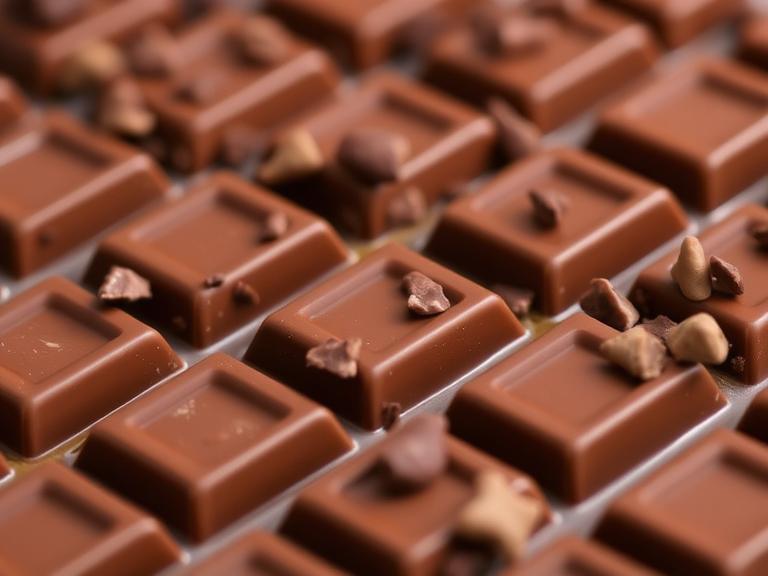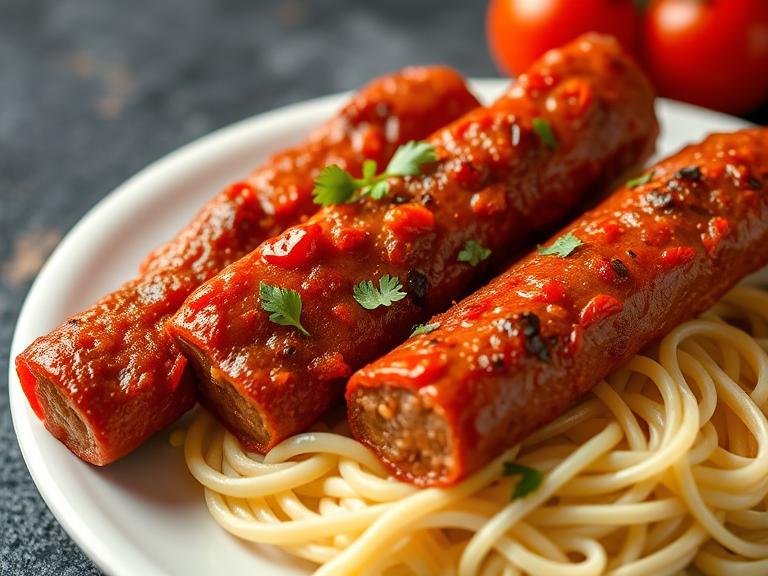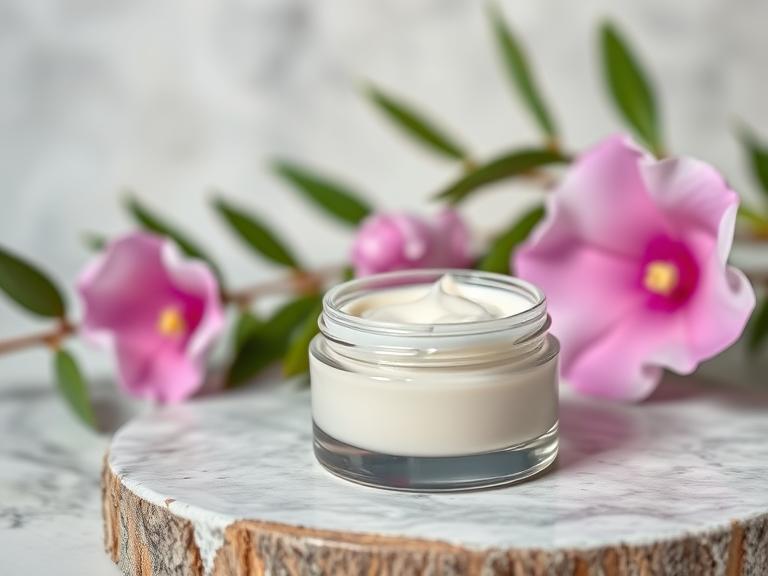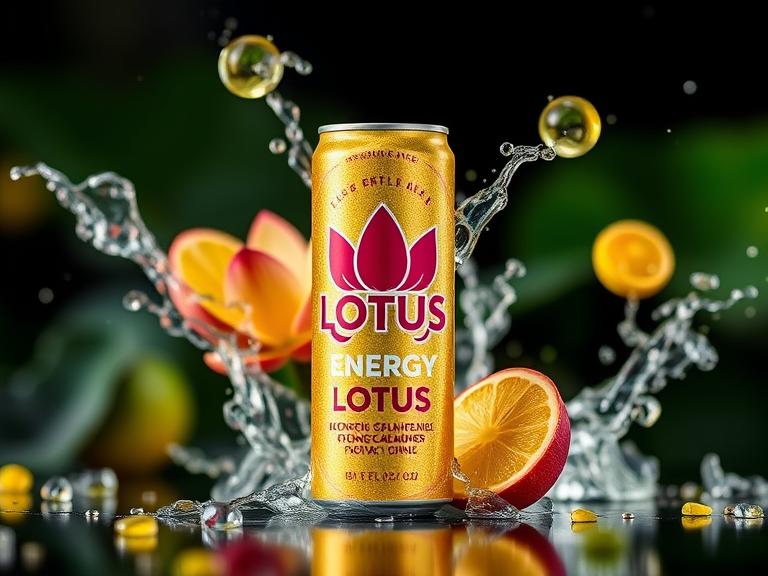
Does Milk Chocolate Have Caffeine
Does Milk Chocolate Have Caffeine
Table of Contents
Many people enjoy milk chocolate every day. But have you thought about its caffeine content? It’s known that dark chocolate and coffee have caffeine. But what about milk chocolate?

The topic of caffeine in milk chocolate interests many chocolate fans. While it has less caffeine than dark chocolate, it’s a worry for those who are sensitive to caffeine or watching their intake.
Key Takeaways
- Milk chocolate usually has less caffeine than dark chocolate.
- The amount of caffeine in milk chocolate can change based on cocoa content and brand.
- Knowing the caffeine levels in milk chocolate helps people make better choices.
- Being sensitive to caffeine is key when eating milk chocolate.
- Milk chocolate can be part of a healthy diet if eaten in small amounts.
The Truth About Caffeine in Milk Chocolate
To understand caffeine in milk chocolate, we must first know what caffeine is and how it works. Caffeine is a stimulant found in over 60 plants, like coffee and tea. It affects our alertness, energy, and mood.
What Is Caffeine and How Does It Work?
Caffeine blocks adenosine receptors in the brain, which help us relax. This blockage boosts dopamine and norepinephrine, making us more alert. This is why it’s in many products to increase energy. The amount in products varies, affecting how it impacts us.
How Caffeine Enters Chocolate Products
Cacao pods, chocolate’s main ingredient, naturally have caffeine. Some of this caffeine stays in chocolate. The caffeine in milk chocolate depends on the cacao type, processing, and added ingredients. Milk chocolate has less caffeine than dark chocolate because of its lower cacao and milk content. Knowing these factors helps us understand milk chocolate’s caffeine level.
Does Milk Chocolate Have Caffeine? The Definitive Answer
Milk chocolate does contain some caffeine, but how much? Knowing this is important for those who love milk chocolate but watch their caffeine intake.
Average Caffeine Content in Milk Chocolate
The caffeine in milk chocolate is quite low. An ounce (28 grams) usually has 2.5 to 6 milligrams.
A standard milk chocolate bar (about 1.55 ounces or 43 grams) has about 6 to 12 milligrams of caffeine.
Comparing Milk Chocolate to Other Caffeinated Foods
It’s useful to compare milk chocolate’s caffeine to other caffeinated foods and drinks.
Milk Chocolate vs. Coffee
Coffee has much more caffeine than milk chocolate. An 8-ounce cup of coffee has 80 to 200 milligrams, way more than a milk chocolate bar.
Milk Chocolate vs. Soda
Soda, like cola, also has more caffeine than milk chocolate. A 12-ounce can of cola has 30-40 milligrams of caffeine.
| Food/Beverage | Serving Size | Caffeine Content (mg) |
|---|---|---|
| Milk Chocolate | 1 oz (28g) | 2.5-6 |
| Coffee | 8 oz | 80-200 |
| Soda (Cola) | 12 oz | 30-40 |
5 Factors That Affect Caffeine Levels in Milk Chocolate
Knowing what affects caffeine in milk chocolate is key for those watching their caffeine intake. The caffeine in milk chocolate can change a lot because of several important factors.
Cocoa Content Percentage
The cocoa content in milk chocolate greatly affects its caffeine level. The more cocoa, the more caffeine. Milk chocolate usually has less cocoa than dark chocolate, from 10% to 50%. A higher cocoa content means more caffeine.
Manufacturing Processes
The way milk chocolate is made also changes its caffeine level. Each maker might roast, grind, and conch differently. This can make the caffeine content vary. For example, using more caffeine-rich beans or adjusting roasting times can increase caffeine.
“The way cocoa beans are processed can significantly impact the final caffeine content in chocolate products.” – Chocolate Manufacturing Expert
Chocolate Brand Variations
Chocolate brands can have different caffeine levels in their milk chocolate. This is because of different ingredients, making processes, and recipes.
Premium vs. Mass-Market Brands
Premium brands use better cocoa beans and strict making processes. This can lead to different caffeine levels than mass-market brands. Premium brands often have more consistent caffeine levels because of their quality control.
Regional Differences
Where cocoa beans come from and how they are made can also change caffeine levels. For instance, chocolate makers in different places might use beans with different caffeine levels.
| Brand Type | Cocoa Content | Caffeine Level |
|---|---|---|
| Premium | High | Higher |
| Mass-Market | Variable | Variable |
Milk Chocolate vs. Dark Chocolate: Caffeine Content Comparison
Chocolate lovers often wonder about the caffeine in their treats. Milk chocolate and dark chocolate are two favorites, but they have different caffeine levels.
Why Dark Chocolate Contains More Caffeine
Dark chocolate has more caffeine than milk chocolate because it’s made with more cocoa. Cocoa is where chocolate gets its caffeine. The more cocoa, the more caffeine.
Dark chocolate usually has 50% to 90% cocoa. This makes it taste richer and have more caffeine than milk chocolate.
Popular Chocolate Types and Their Caffeine Levels
Chocolate comes in many types, each with its own caffeine level. Knowing this helps people choose wisely.
Semi-Sweet and Bittersweet Varieties
Semi-sweet and bittersweet chocolates are known for their deep flavor and moderate caffeine. They sit between milk and dark chocolate in cocoa content.
Extra Dark and Cocoa Percentages
Extra dark chocolates have even more caffeine because of their high cocoa percentages. For example, 85% cocoa chocolate has more caffeine than 70%.
| Chocolate Type | Cocoa Content | Caffeine Content (per oz) |
|---|---|---|
| Milk Chocolate | 30% | 6mg |
| Semi-Sweet Chocolate | 50% | 12mg |
| Dark Chocolate | 70% | 20mg |
| Extra Dark Chocolate | 85% | 25mg |
7 Popular Milk Chocolate Brands and Their Caffeine Content
Milk chocolate is a favorite for many. Looking at the caffeine in popular brands is interesting. This section aims to give insights into the caffeine in favorite treats.
Hershey’s Milk Chocolate
Hershey’s is a well-known brand. A typical serving of Hershey’s Milk Chocolate (1 oz or 28g) has about 6mg of caffeine.
Cadbury Dairy Milk
Cadbury Dairy Milk is also popular. It has about 5mg of caffeine per 1 oz (28g) serving.
Lindt Milk Chocolate
Lindt Milk Chocolate is known for its smooth texture. It has around 7mg of caffeine per 1 oz (28g) serving.
Ghirardelli Milk Chocolate
Ghirardelli Milk Chocolate has a rich flavor. It has about 8mg of caffeine per 1 oz (28g) serving.
Dove Milk Chocolate
Dove Milk Chocolate is loved for its creamy taste. It has approximately 6mg of caffeine per 1 oz (28g) serving.
Godiva Milk Chocolate
Godiva is a luxury chocolate brand. Its milk chocolate has around 9mg of caffeine per 1 oz (28g) serving.
Nestle Milk Chocolate
Nestle Milk Chocolate is widely enjoyed. It has about 5mg of caffeine per 1 oz (28g) serving.
| Milk Chocolate Brand | Caffeine Content per 1 oz (28g) |
|---|---|
| Hershey’s | 6mg |
| Cadbury Dairy Milk | 5mg |
| Lindt Milk Chocolate | 7mg |
| Ghirardelli Milk Chocolate | 8mg |
| Dove Milk Chocolate | 6mg |
| Godiva Milk Chocolate | 9mg |
| Nestle Milk Chocolate | 5mg |
The table above shows the caffeine in these popular milk chocolate brands. It’s a quick comparison for consumers.
Health Effects of Caffeine in Milk Chocolate
It’s important to know how caffeine in milk chocolate affects our health. Even small amounts can have different effects on us.
Potential Benefits of Low-Dose Caffeine
Does Milk Chocolate Have Caffeine, like in milk chocolate, can be good for us. They help because of caffeine’s ability to stimulate and its antioxidant properties.
Mood and Alertness Effects
Caffeine can make us feel better and more alert. Even a little bit, like in milk chocolate, can help.
Antioxidant Properties
Milk chocolate has antioxidants, which are good for us. When mixed with caffeine, they might offer even more health benefits. Antioxidants fight off harmful free radicals.
Possible Side Effects and Considerations
While caffeine in milk chocolate has benefits, we should also think about the downsides. This is true, mainly for those who are sensitive.
Sleep Disruption
Eating milk chocolate, like in the evening, can mess with our sleep. It’s key to be careful about when we eat it.
Digestive System Effects
Caffeine can also play a role in how our stomachs feel. Some might get upset stomachs or other digestive problems after eating caffeinated foods, like milk chocolate.

Knowing these effects can help us enjoy milk chocolate more. It lets us avoid any negative health impacts.
Milk Chocolate and Sensitive Groups: What to Know
The caffeine in milk chocolate is important for certain groups, like kids and pregnant women. Milk chocolate is tasty, but its caffeine can affect people differently.
Children and Caffeine Sensitivity
Children are more sensitive to caffeine because of their size. Eating milk chocolate with caffeine can make them jittery, anxious, and unfocused. Parents should watch how much milk chocolate their kids eat.
Pregnant Women and Caffeine Considerations
Pregnant women should not eat too much caffeine, including in milk chocolate. Too much caffeine can increase the risk of miscarriage and low birth weight. They should eat milk chocolate with caution and in small amounts.
People with Caffeine Sensitivity or Intolerance
Those who are sensitive or intolerant to caffeine may react badly to milk chocolate. Symptoms can be mild or severe. People who are sensitive should watch their milk chocolate intake or choose caffeine-free options.
Knowing about the caffeine in milk chocolate helps sensitive groups enjoy it safely. This way, they can have fun without worrying about the risks.
6 Common Myths About Caffeine in Chocolate Debunked
It’s important to know the truth about caffeine in chocolate. Many people think they know how much caffeine is in their chocolate. But, let’s clear up some common myths.
Myth 1: Milk Chocolate Has No Caffeine
This is a common myth. Milk chocolate does have caffeine, but less than dark chocolate. A 1.55-ounce bar of milk chocolate has about 6-10 milligrams of caffeine.
Myth 2: Chocolate Caffeine Affects Everyone the Same Way
How caffeine affects you can vary a lot. Your body weight, age, and health can change how you feel it. Some people might feel it more than others.

Myth 3: White Chocolate Has the Same Caffeine as Milk Chocolate
White chocolate doesn’t have cocoa solids, which have most of the caffeine. So, white chocolate usually has very little to no caffeine, unlike milk chocolate.
Myth 4: All Milk Chocolate Contains the Same Amount of Caffeine
The caffeine in milk chocolate can differ a lot. It depends on the brand, type of milk, and cocoa solids percentage. Some milk chocolates have more caffeine than others.
Myth 5: Chocolate Caffeine Is Different from Coffee Caffeine
The caffeine in chocolate is the same as in coffee. But, chocolate’s caffeine might feel different because of the smaller amounts and other ingredients like sugar and fat.
Myth 6: Milk Chocolate Can Cause Caffeine Addiction
It’s possible to get used to caffeine, but milk chocolate’s amounts are usually too small for addiction. You’d need to eat a lot of chocolate to get a lot of caffeine.
In conclusion, knowing the facts about caffeine in chocolate helps us make better choices. By debunking these myths, we can enjoy chocolate more wisely.
How to Enjoy Milk Chocolate Without Caffeine Concerns
Milk chocolate fans can enjoy their treats without caffeine worries. Just be smart about when and how much you eat. This simple approach can make a big difference.
Best Times to Consume Milk Chocolate
The best times for milk chocolate are during the day for a boost. But, avoid it close to bedtime to keep sleep good. Enjoying milk chocolate in the morning or mid-afternoon is perfect. It satisfies your sweet tooth without affecting sleep.
Portion Control Recommendations
It’s key to keep portions small when eating milk chocolate. Stick to small, manageable portions, like an ounce or a small bar. This way, you enjoy the taste without too much caffeine.
Caffeine-Free Alternatives to Milk Chocolate
If you’re sensitive to caffeine or want to avoid it, try caffeine-free options like white chocolate or carob-based products. They taste similar but don’t have caffeine.
Conclusion
Knowing how much caffeine is in milk chocolate is key for those watching their caffeine intake. This article covered the basics of caffeine in chocolate and how it affects milk chocolate. It also looked at what makes caffeine levels in milk chocolate vary.
Milk chocolate usually has less caffeine than other caffeinated foods and drinks. But, the amount can change based on the chocolate’s cocoa content, how it’s made, and the brand. Dark chocolate, with more cocoa, often has more caffeine than milk chocolate.
Different milk chocolate brands have different amounts of caffeine. People who are sensitive to caffeine should pay attention to these differences. Also, kids and pregnant women should be careful about their caffeine from milk chocolate.
By knowing about the caffeine in milk chocolate, people can enjoy their treats without overdoing it. This summary helps you understand milk chocolate’s caffeine content. It makes choosing your chocolate wiser.
FAQ
Does milk chocolate contain caffeine?
Yes, milk chocolate does have caffeine. The amount can change based on the brand and type.
How much caffeine is in a typical bar of milk chocolate?
Milk chocolate can have 2-50 milligrams of caffeine per ounce. On average, it’s about 5-10 milligrams per ounce.
Is the caffeine content in milk chocolate the same as in dark chocolate?
No, dark chocolate has more caffeine than milk chocolate. This is because dark chocolate has more cocoa.
Can I get caffeine addiction from eating milk chocolate?
It’s unlikely to get addicted to caffeine just from eating milk chocolate. But eating too much could increase your caffeine intake.
Are there any milk chocolate brands that are caffeine-free?
Most milk chocolate has some caffeine. But, some brands offer caffeine-free or very low-caffeine options.
How does the manufacturing process affect the caffeine content in milk chocolate?
The way cocoa beans are roasted and ground can change the caffeine in milk chocolate.
Is it safe for children to consume milk chocolate with caffeine?
Parents should know about the caffeine in milk chocolate. They should think about their child’s caffeine sensitivity when giving it to them.
Can pregnant women safely eat milk chocolate with caffeine?
Pregnant women should watch their caffeine intake, including from milk chocolate. They should talk to their doctor for advice.
Also Read
Best Substitute for Red Wine Vinegar – Top Alternatives 2025
Swedish Massage vs Deep Tissue: Key Differences 2025
Is Aquaphor Good for Tattoos? USA Care Tips 2025
How to Fix Damaged Hair Fast: Proven Tips That Work 2025







